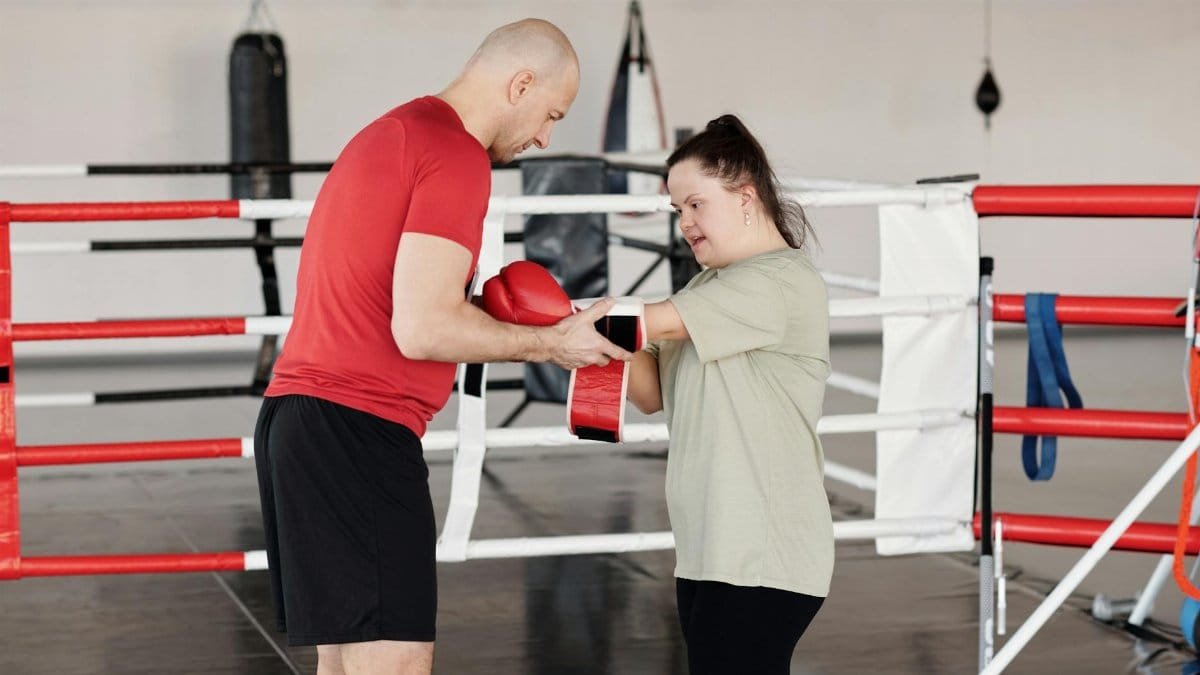Imagine a therapy session where the counselor never tires, never judges, and can analyze thousands of emotional cues in seconds. This isn’t a sci-fi fantasy—it’s the reality of AI couples therapy in 2025. Across the U.S., couples are turning to artificial intelligence to navigate the rocky terrain of relationships, seeking tools that promise not just to mend but to transform how partners communicate. From apps that track tone of voice to algorithms that suggest empathy exercises, this technology is redefining what it means to work on a marriage or partnership. But as more Americans embrace these digital tools, questions linger. Can a machine truly grasp the nuances of human emotion? And what does it mean for intimacy when a third “party” in the room isn’t even human? These are the puzzles at the heart of a growing trend that’s reshaping relationship counseling.
The Rise of Digital Mediators

In the past decade, therapy has moved beyond the couch and into the cloud. AI couples therapy platforms, like Replika and Woebot, have gained traction among middle-aged Americans who might feel hesitant about traditional counseling. These tools offer a low-stakes entry point—often accessible via a smartphone app—where couples can log their feelings, receive tailored feedback, and even simulate difficult conversations with a virtual mediator. A 2022 study from the Pew Research Center noted that nearly 30% of U.S. adults have used some form of AI-driven mental health tool, a number that’s likely climbed as tech becomes more mainstream.
Take the case of a Michigan couple in their 40s, who, after years of bickering over small issues, turned to an AI app to break the cycle. The platform analyzed their text exchanges, flagged patterns of sarcasm, and prompted them to rephrase hurtful messages. Within weeks, they reported feeling “heard” in a way they hadn’t in years. Stories like this aren’t rare. They highlight how AI can act as a neutral buffer, stripping away the emotional heat of the moment.
Training Empathy Through Algorithms

One of the most promising aspects of AI couples therapy is its focus on empathy training. Unlike human therapists, who might guide couples through role-playing exercises, AI systems can process vast datasets of emotional interactions to pinpoint where empathy breaks down. For instance, some platforms use natural language processing to detect when a partner’s tone shifts to defensiveness, then suggest real-time responses that de-escalate tension. A report from the National Institutes of Health suggests that AI tools are increasingly accurate at identifying emotional states, often rivaling human intuition.
Yet, there’s a catch. While algorithms can mimic empathetic language, they lack the lived experience that fuels true understanding. Can a program really teach a husband to feel his wife’s frustration over an unbalanced workload? Or is it just scripting a response that sounds right? These tools are powerful, but their limits remind us that technology is a supplement, not a soul.
Accessibility Meets Affordability

For many couples, the appeal of AI therapy lies in its practicality. Traditional counseling can cost $100 to $200 per session, a price tag out of reach for countless Americans. AI platforms, by contrast, often operate on a subscription model—some as low as $10 a month—making support available to those who might otherwise go without. Data from the American Psychological Association underscores this gap, noting that nearly half of U.S. adults cite cost as a barrier to mental health care.
Beyond dollars, there’s the issue of stigma. A couple in rural Texas might balk at walking into a therapist’s office, fearing judgment from neighbors. An app, discreetly tucked into a phone, sidesteps that hurdle. It’s a quiet revolution, democratizing access to tools that once felt exclusive. Still, not everyone has reliable internet or the tech savvy to navigate these platforms, a reminder that even digital solutions aren’t universal.
The Privacy Paradox

Handing over intimate details to an AI system comes with risks. Every argument logged, every tearful confession analyzed—where does that data go? Cybersecurity experts warn that many apps lack robust protections, leaving personal information vulnerable to breaches. A 2023 analysis by the Consumer Reports found that several popular mental health apps shared user data with third parties, often without clear consent.
Then there’s the unease of being “watched” by code. One woman, reflecting on her experience in online discussions, described feeling unnerved by how accurately the AI predicted her moods—almost too accurately. It’s a double-edged sword: the same precision that makes AI couples therapy effective can also feel invasive. Couples must weigh whether the benefits of digital insight outweigh the cost of exposing their most private struggles.
Balancing Human Touch with Machine Precision

Therapists aren’t obsolete—far from it. Many experts argue that AI works best as a complement to human-led therapy, not a replacement. Picture a session where a counselor uses AI-generated insights to focus on specific pain points, like a couple’s recurring fight over finances. The machine crunches the numbers on communication patterns; the therapist brings warmth and context. It’s a hybrid model gaining ground in urban centers like Chicago and Seattle, where tech-savvy clinicians are integrating these tools into practice.
But not all couples have access to this balance. For those relying solely on AI, there’s a risk of missing the deeper, messier work of healing. A algorithm can suggest saying “I’m sorry,” but it can’t hold space for the tears that follow. This tension—between efficiency and humanity—defines the current landscape of AI couples therapy.
Looking Ahead with Cautious Optimism

As AI couples therapy evolves, its potential to reshape relationships is undeniable. Developers are already experimenting with virtual reality integrations, where couples might “practice” tough conversations in simulated environments. Meanwhile, researchers are refining how these systems interpret cultural nuances—crucial for a diverse nation like the U.S. The hope is that technology can bridge gaps, not widen them.
Yet, caution remains warranted. Couples must approach these tools with clear eyes, recognizing both their power and their flaws. After all, love isn’t a data point. It’s a living, breathing dance—one that no algorithm can fully choreograph. For now, AI offers a mirror, reflecting patterns we might miss. But the real work of connection? That still falls to us.
